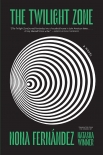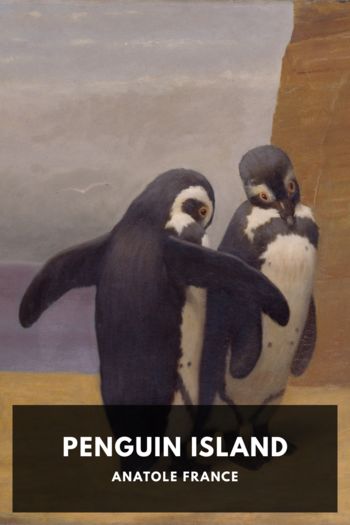The Twilight Zone Nona Fernández (e book reader for pc .TXT) 📖

- Author: Nona Fernández
Book online «The Twilight Zone Nona Fernández (e book reader for pc .TXT) 📖». Author Nona Fernández
The second and third time I visited, it was to find material for a couple of projects. I went to the research department, a sort of library of videos, recordings, books, articles, magazines, and other sources, where kind people kindly assist you and point you in the direction of what you’re looking for.
Now, on my fourth trip to the museum, I’ve come to find out something about the man I’m trying to imagine. I know I won’t encounter him in the halls of this little outpost of the past. He’s not easily labeled good or evil, black or white. The man I’m imagining inhabits a more mixed-up place, awkward and hard to classify, and maybe that’s why there’s no room for him within these walls. Still, I fantasize that the testimony he gave will turn up here as valuable material for the good guys, in one of the good guy display cases. That photograph on the cover of Cauce magazine and the terrible declaration nobody had made before: I TORTURED PEOPLE.
I wander through the museum’s various zones on freedom, hope, struggle, justice, truth, reconciliation, solidarity, and other nice words until I come upon a collection of magazines under glass, accompanied by a large display label that reads “Government Suppresses Opposition Magazines. Photographs Banned.” This is from a newspaper article that appeared twelve days after the man who tortured people gave his testimony to the Cauce magazine reporter. The article describes a court order that forbade certain magazines from publishing anything but text. Accordingly, the magazines on display in the museum feature white boxes on their covers, ghost images that serve only to draw one’s attention and rouse suspicion.
What the display fails to explain is that just a few days before this ludicrous measure was adopted, publication of five issues of Cauce magazine had been suspended. Objections were raised and a grievance filed, and after some back and forth, the courts ruled in the magazine’s favor. Then the government made another bumbling attempt at censorship, and that’s what I’m seeing now exhibited on the museum’s walls. A new plea was made for legal protection. Since Cauce magazine had been victorious in court before, it seemed likely that the ruling would be favorable, but in November 1984, nearly two months after the man who tortured people gave his testimony, a state of siege was reported in the Diario Oficial, under which the publication of Cauce magazine was banned completely. The government was resorting to the only unbeatable weapon it had left: the suspension of civil rights.
This long, tortuous road of harassment, bans, censorship, and so forth is obviously directly related to the testimony that the man who tortured people gave to the reporter. And yet that isn’t recorded here in the museum; it’s like one of those blank magazine covers, an invisible, off-script story, something that perhaps exists only inside my head as I seek a central role for the man I’m trying to imagine.
I imagine the reporter listening to the man as he gives a detailed account of the kidnapping, torture, and death of many of her dear friends. I imagine the contradictory feelings that must have rocked her as she listened to his long testimony. Urges to strangle him, scratch him, hit him, yell at him, but with the simultaneous conviction that she could do none of those things. I know—I’m not imagining—that he was prepared to confess everything and then go back to headquarters to let his superiors do whatever they wanted to him. I know—I’m not imagining—that whatever meant death. I know—I’m not imagining—that he didn’t care. Anything would be better than the anguish he felt. Better than getting up and going to bed with the smell of death, as





Comments (0)